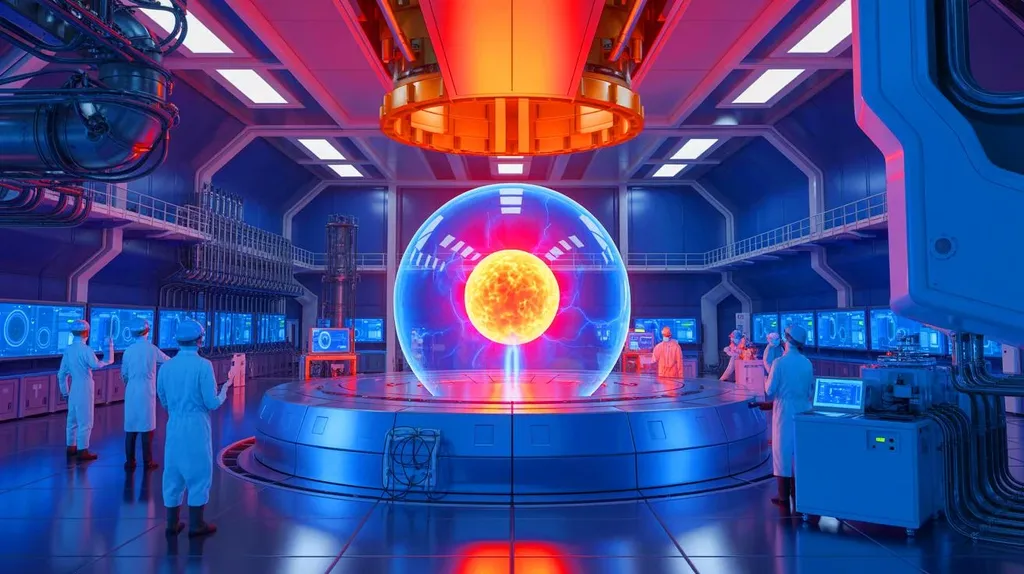In a groundbreaking development poised to reshape the energy sector, researchers have unveiled a novel approach to enhance catalytic performance under mild conditions. The study, led by Wail Al Zoubi from the Integrated Materials Chemistry Laboratory at Yeungnam University in the Republic of Korea, introduces an ultrasonication-plasma strategy to produce highly efficient and stable catalysts. This method leverages the synergistic effects of ultrasonication and plasma to create a high-entropy alloy framework, encapsulating a PtGaPCoCoO@TiOx site catalyst.
The research, published in the journal Sustainable Materials (SusMat), which translates to “Sustainable Materials” in English, addresses a longstanding challenge in catalysis: achieving optimal performance with bi-component support catalysts through facile synthesis. “The key innovation here is the combination of ultrasonication and plasma under ambient conditions in water,” explains Al Zoubi. “This approach allows us to harness instantaneous high-temperature plasma generated by an electrical field, coupled with the mechanical effects of ultrasonication, to create a highly stable and active catalyst.”
The PtGaPCoCoO@TiOx catalyst exhibits remarkable selectivity and durability in the hydrogenation of 3-nitrophenylacetylene, maintaining high conversion rates even after 25 cycles. This performance significantly outperforms comparative catalysts that lack the ultrasonication-plasma treatment. Moreover, the catalyst demonstrates exceptional hydrogen evolution reaction (HER) activity, with an overpotential of 187 mV at a current density of 10 mA cm−2 and a Tafel slope of 152 mV dec−1. These enhancements are attributed to the increased electron density on the Pt surface within the PtGaPCo alloy, facilitated by the strong metal-support interactions induced by the plasma discharge and ultrasonication.
The implications for the energy sector are profound. Efficient and durable catalysts are crucial for various energy applications, including hydrogen production, fuel cells, and chemical synthesis. “This research opens up new avenues for designing high-performance catalysts that can operate under mild conditions, reducing energy consumption and improving sustainability,” says Al Zoubi.
The study’s findings highlight the potential of achieving synergistic chemical interactions among active metal sites in stable, industry-applicable catalysts. This could lead to more efficient and cost-effective processes in the energy sector, ultimately contributing to a more sustainable future. As the world continues to seek innovative solutions to energy challenges, this research offers a promising path forward, demonstrating the power of combining advanced technologies to push the boundaries of catalytic performance.

